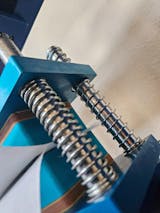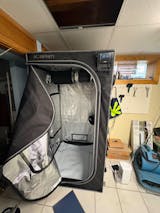
Which HLG Grow Light Is Best for Indoor Growing?
HLG grow lights are a favorite among serious indoor growers, but each model brings something unique to the table. From the dual drivers and wider spread of the Ultima, to the reflector-equipped Scorpion Diablo, to the red-heavy power of the Diablo X and budget-friendly ES, this guide breaks down the key differences so you can choose the right light for your grow room.







Leave a comment